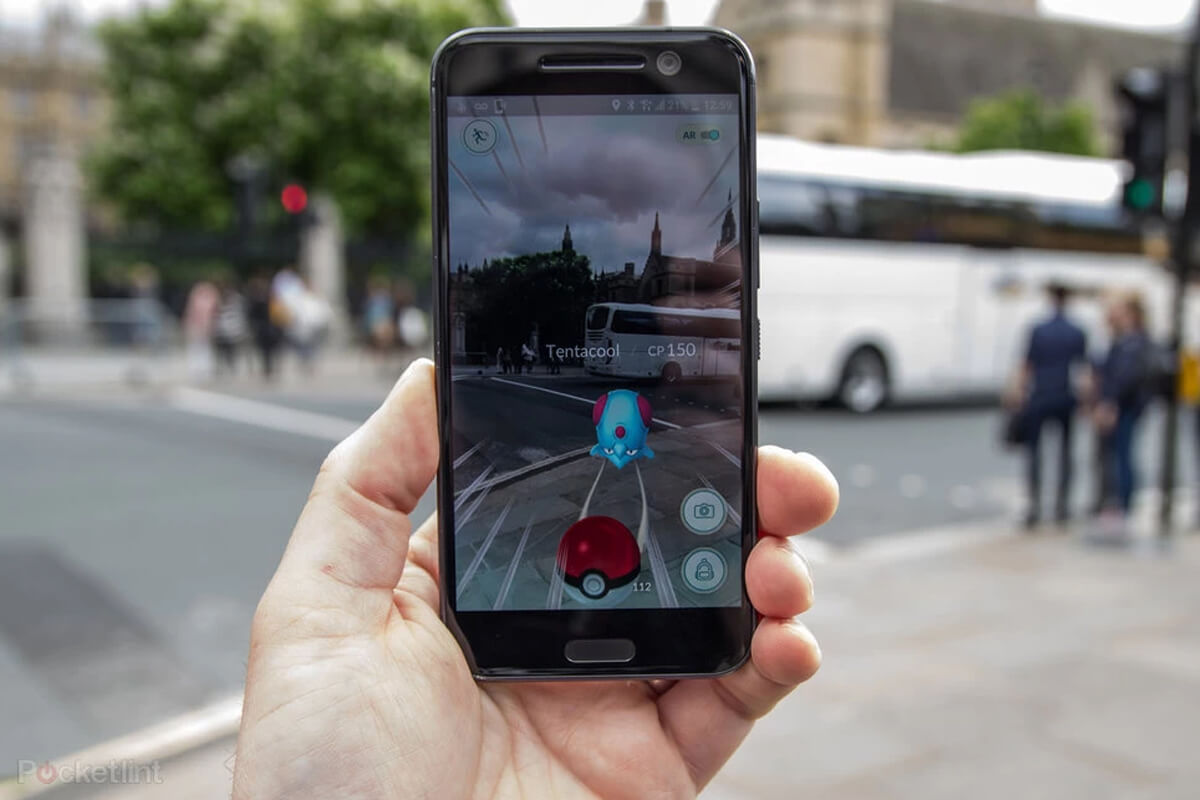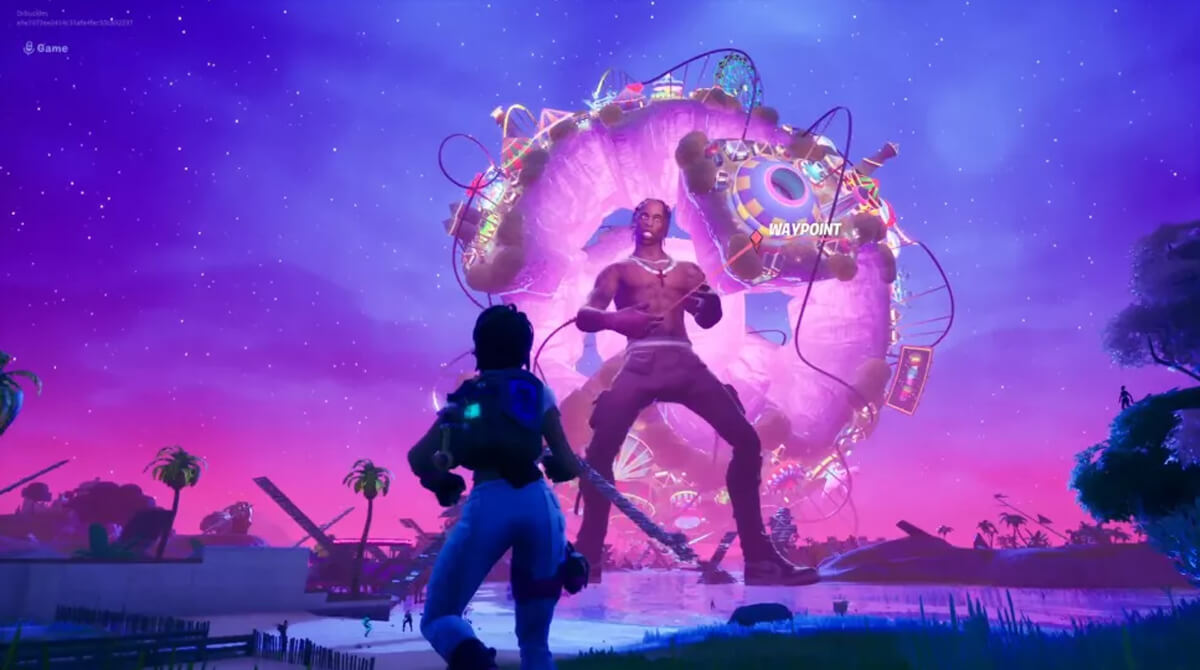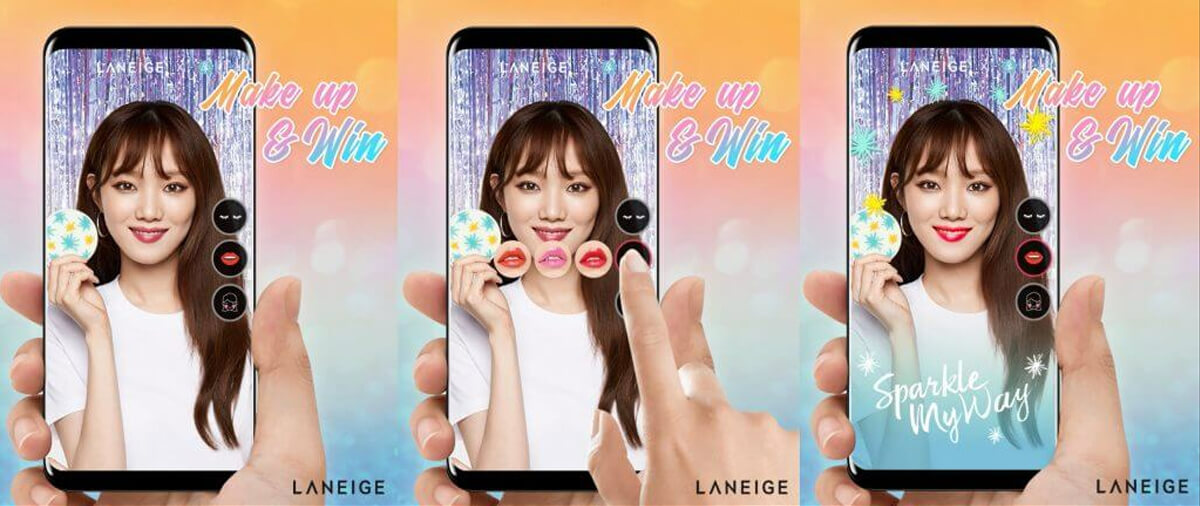
Augmented Reality (AR) and Virtual Reality (VR) aren’t for the future. They’ve been around and they’re only becoming more prevalent. Though they’re associated with Gen-Z platforms like Snapchat and Roblox, they’ve also crept into the mainstream consumer’s daily life.
This was most evident during COVID-19 restrictions when majority were confined to their homes. Consumers drastically shifted to the digital-scape and businesses followed suit. To bridge the physical-virtual gap, businesses used AR and VR to ease consumers’ purchasing journey and emulate the traditional, in-store experience. Consumers could visit virtual pop-up stores, try on products from their couch, and interact with brands in ways that weren’t available before. Brands that pivoted and catered to consumers’ needs during this period remained top-of-mind and boosted sales.
Very quickly, imagination, immersive interaction, and ultra-convenience came to characterise this period of online shopping. Though we have emerged into hybrid living, consumer expectations have been raised permanently. Failing to meet these expectations will result in consumers losing interest. AR and VR present a unique solution to meet and even elevate these expectations.
Brands that integrated AR and VR into their marketing strategies discovered two main benefits:
1. Improving brand recall + recognition

Source: Pocket Lint
VR promises a fun, immersive experience1 that eliminates the need for ad-blockers and invites the consumer to interact voluntarily. During a VR in-game advertising study, YuMe Research discovered that:
- 74% found VR ads less intrusive than digital advertising
- 69% said the ad was well-integrated
- 26% of respondents felt that seeing a brand in a virtual world was more memorable than a digital video ad
This erases two common marketing gripes—ad avoidance and the lack of ad recall. YuMe research lead Mireya Arteaga says, “[The] study indicates that VR advertising is highly memorable in any format.” Notably, video ads do deliver the highest rate of ad recall in the VR world.2
This kind of branded messaging goes beyond interactivity and engagement, it also offers consumers the opportunity to own their ad experience,2 further shifting the brand-consumer dynamic.
Naturally, there are challenges that come with crafting highly immersive ads. For example, while advertising in multiplayer VR games enables the transference of high emotional engagement to an advertised brand—and is an opportunity to deliver an ad with high recall—crafting a noticeable ad unit within an engaging game is a challenge in itself.2

Source: Games Radar
Fortnite X Travis Scott
When done right, in-game VR advertising yields astronomical results. Take Travis Scott’s Astronomical concert in Fortnite. The game involved players as early as during the virtual stage’s construction, showcasing the changes in what promised to be an exciting event.3
Fortnite followed these pre-launch tactics with a clever in-game launch, offering players a new level and features in conjunction with the concert event. Interested players could also complete tasks to win digital merchandise, such as a Travis Scott avatar skin.3
This concert was a success. 12 million people joined the Astronomical concert, proving that Fortnite wasn’t just a game, but a virtual universe. Players could shop, fight, and attend events. This showed that community spaces with engaged users offer opportunities to building brand presence.3
2. Increasing buyer confidence

Source: Architect Magazine
Shopping with VR or making use of telepresence—participating in events virtually where users feel the “sensation of being elsewhere beyond their immediate environment”—positively impacts consumer perceptions of a product.
Consumers can interact with the product, thereby eliminating the need for physical prototypes or samples virtually.4 This increases consumer product knowledge, attitude, and purchasing intention.4 Of note, telepresence reduces consumer beliefs regarding product risk more effectively compared to print, video, or online ads.4 With VR, businesses can better serve customers and help them navigate their shopping journeys by mitigating frictions caused by a lack of physical product interaction.4
Similar to VR, AR creates an engaging shopping environment by helping consumers “try on” products before purchasing. Consumers are more likely to recognise the brand, remember product details,5 and feel more confident. Shopping becomes more rewarding with less risk 5 and consumers are less likely to encounter post-buy disappointment or decide to return the product. A 2020 study by Deloitte showed AR in action, helping several home-goods companies lower returns and increase their conversion rates.6

Source: Makeup AR filter developed by us for LANEIGE
Purchasing online comes with some degree of uncertainty, particularly in beauty. Product photography may not reflect reality and the risk of buying the wrong product may put a consumer off online purchases. AR, or virtual try-ons, are meant to eliminate those worries.
L’Oréal & Modiface
An example of AR reducing barrier-to-purchase is L’Oréal’s project with Modiface, enabling lipstick try-ons via a selfie or a mobile phone’s front camera.7 Global Chief Digital Officer, Rochet, shares, “…Virtual makeup [try-ons] [are] the base of any experience. At the end of the day, the only barrier to buying [a product] is wondering what it will look like.”8
L’Oréal’s AR addition helped reduce that barrier. Consumers double their engagement time and tripled conversion whenever this AR feature was available on one of L’Oréal’s brands’ websites or apps. Shopping is intended to be an enjoyable experience and this AR feature contributes to that. Instead of navigating a makeup counter, people can, and are “…trying 42 looks because it’s fun and entertaining.” Rochet further adds, “People are really playing with it and are really starting to spend time with the brand.” 8
Conclusion
Consumers in the aftermath of the pandemic are tech-savvy and aware of how immersive and ultra-convenient online shopping can be. Their expectations are higher than ever. Integrated AR and VR marketing strategies can help brands navigate, meet, and surpass these expectations.
The question is, are brands in Asia ready to integrate AR and VR as part of their digital marketing strategy to better engage with the consumer?
Talk to us if you need help strengthening your digital presence.
References:
-
- 1 Virtual Reality in Marketing the Future in Storytelling
- 2 Virtual reality is adding a new dimension to brand recall
- 3 Toward the Metaverse: What Fortnite’s Latest Concert Tells Us About the Future of Virtual Presence.
- 4 How Virtual Reality Can Influence Consumer Behaviour
- 5 Augmented Reality Game for Brand Recognition and Recall: AR for Brand Recognition and Recall
- 6 Augmented shopping: The quiet revolution
- 7 L’Oréal’s Modiface Brings AI-powered Virtual Makeup Try-on To Amazon
- 8 Conversion rates triple when L’Oréal uses AR tech to showcase products






